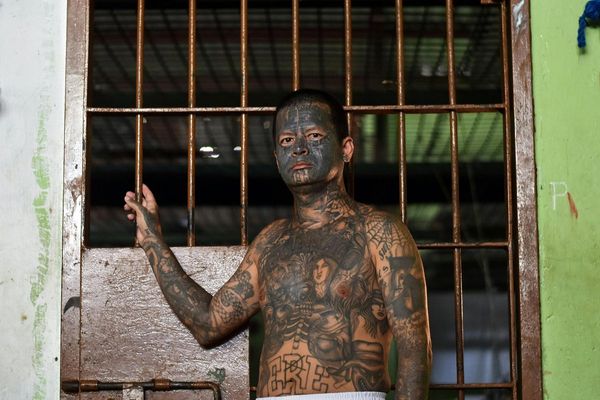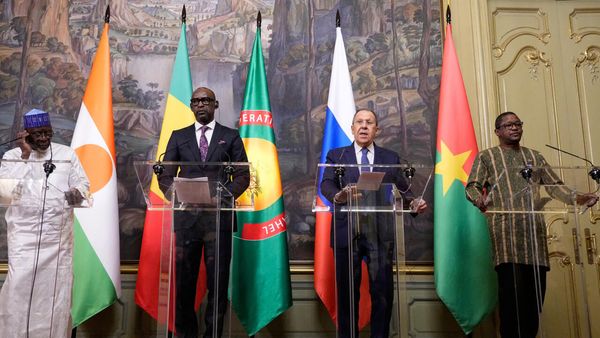The State government has sanctioned ₹82.23 crore for construction of four sewerage treatment plants on a priority basis with a capacity of 20 million litres a day along with associated components of interception weir, conveying main, and so on for abatement of sewage pollution to Osmansagar and Himayatsagar lakes on Tuesday.
Special Chief Secretary Arvind Kumar issued orders to this effect where he explained that the Hyderabad Metropolitan Water Supply & Sewerage Board (HMWSSB) Managing Director M. Dana Kishore had proposed construction of the four plants as part of the comprehensive sewerage management for the entire catchment area which is under preparation for preventing sewage pollution to the twin lakes.
The HMWSSB MD informed that the consultant NCPE Infrastructure India is working on the comprehensive sewage treatment and diversion, but in the meantime the four proposed STPs will help treat the untreated sewage flow from the nearby villages at Osmansagar.
There will be two STPs of nine MLD capacity with associated components costing ₹39.21 crore for Osmansagar and for Himayatsagar, two more plants of 11 MLD capacity with associated components will be built at a cost of ₹43.02 crore. The consultant fee of ₹1.14 crore has been added to the project cost and will be reimbursed by the Hyderabad Metropolitan Development Authority (HMDA). The entire project will be taken up by the HMWSSB.
Mr. Arvind Kumar, the Municipal Administration & Urban Development secretary, said that Hyderabad city’s drinking water requirements are no longer dependent on the twin lakes and hence, the government had removed the restrictions, imposed on development which could lead to pollution within 10 km radius from the full tank levels in 1996, last year.
Earlier, the two reservoirs accounted for 27.59% of the installed capacity of drinking water when the restrictions were imposed but now the water drawal is less than 1.25% and they are no longer the source of drinking water supply to the capital.
The government had removed the restrictions, but has vowed to maintain the water quality of the two reservoirs and improve it further by setting up decentralised sewerage treatment plants at various locations, construct diversion channels for carrying treated water outside the two water tanks, maintain groundwater and minimise pollution through agriculture surface run off, etc. The consultant has been mandated to make a comprehensive plan to treat sewage pollution in the region taking into consideration the projected population for the next 30 years, said the GO.







